Why Can’t Glass Go in the Mixed Recycling?
The below article was written by Momentum Recycling “Amglassador” Ryan Goforth:
Why Can’t Glass Go in the Mixed Recycling?
One of the most common questions I get when I tell people that I have a degree in environmental studies is “Why can’t I throw glass in with my other recyclables?” The answer I usually give is, “It’s complicated” – but, I gave this answer because before working for a recycling company, I only really knew the basics of why.
Before beginning my internship at Momentum Recycling, I looked into why recycling in Utah is split between glass and everything else. What I found is that it really isn’t all that complicated after all. I found that it makes sense to separate glass from the other mixed recyclables for several reasons.
One of biggest benefits of sorting glass at home is that it reduces the costs of separating the glass later. This is significant because those costs are often later transferred to the producer of that trash, which is us. In sorting our glass out beforehand, we can reduce the cost of our waste. But perhaps more importantly, we can enhance the quality of recycled material in the long run.
When you have a single stream recycling system in which all recyclables go together, the glass will inevitably break apart into tiny pieces. These tiny glass fragments get mixed in with the other recyclables, such as paper, and are essentially impossible to get out (think of a needle in haystack). This leads to a decrease in the quality of materials recovered, which translates to fewer options for potential outlets/products.
Why is this a problem? If a recycling process is able to create products that are of higher quality and can be turned into a larger variety of products, then this decreases the need for virgin materials. With single stream systems, the material that comes out is often not as high of quality as the material that went in. This means that more raw materials must be taken out of the Earth. This costs a vast amount of energy and resources that could be left alone if we just spent the time to sort our recyclables beforehand.
Of course, there are also drawbacks to separating glass out of the waste stream. The main one being that people don’t want to separate their recyclables and so end up sending more to the landfill. However, by limiting the amount of trash people can throw away or by charging them for how much they send to the landfill, you can make sure people will sort their recyclables. People would much rather spend a little extra time sorting than paying more money.
Single stream recycling is at a crossroads. There are so many different recyclable materials used today that material recovery facilities (MRF’s) are unable to effectively sort them all out properly. Glass, plastic bags, and food waste all create problems for recycling systems and we could make these systems considerably more efficient and effective by moving toward multi-stream recycling. Here in Utah, by not throwing our glass into the mixed recycling bin, we can produce much higher quality recycled materials while at the same time capturing more glass for recycling.

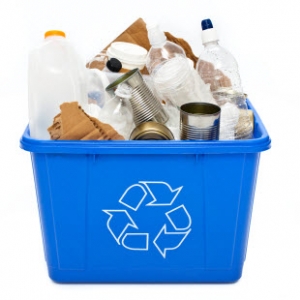
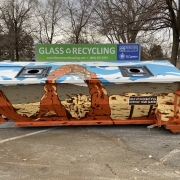 Momentum Recycling
Momentum Recycling 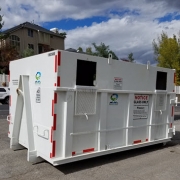

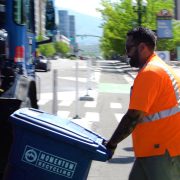
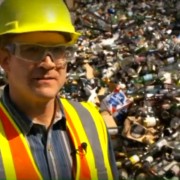
 Momentum Recycling
Momentum Recycling  Momentum Recycling
Momentum Recycling 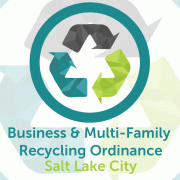







Leave a Reply
Want to join the discussion?Feel free to contribute!